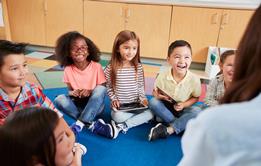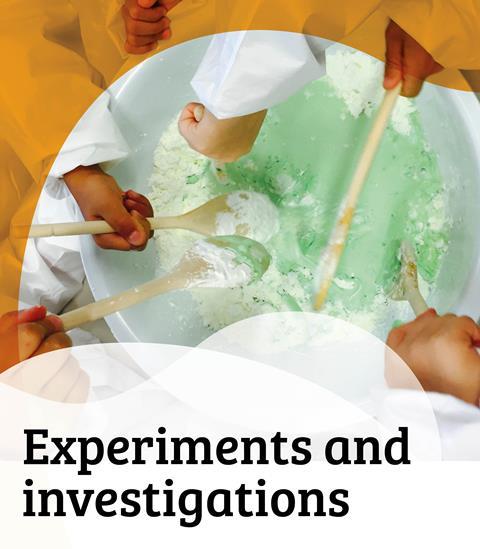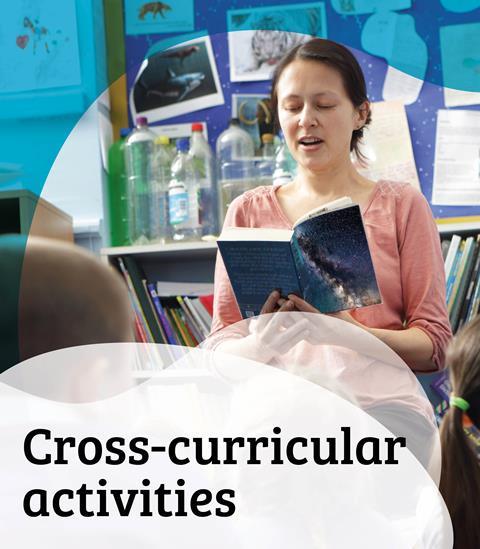Learn about colours in food with this short podcast
Produced by FunKids Radio and the RSC, this short snippet uses Kareena and her superhero friend K-Mistry to introduce children to colours in food.
This podcasts can be used as a ’hook’ when introducing the topic to your students, or at the end of a lesson to stimulate discussion about what they have learnt.
If you teach primary science, see the headings below to find out how to use this resource:
Skill development
Children will develop their working scientifically skills by:
- Asking their own questions about scientific phenomena.
- Drawing conclusions and raising further questions that could be investigated, based on their data and observations.
- Using appropriate scientific language and ideas to explain, evaluate and communicate their methods and findings.
- Selecting and planning the most appropriate ways to answer science questions, including:
- Finding things out using a wide range of secondary sources of information.
Learning outcomes
Children will:
- Apply knowledge of solids, liquids and gases to decide how to separate mixtures.
Concepts supported
Children will learn:
- That some colours are made from the mixing of other colours.
- How foods get their colour; that some are natural and some are synthetic.
Suggested activity use
After listening to the recording, children could begin investigating colours. They could explore how different colours are made by mixing primary paints or pigments together to form secondary colours.
They could also investigate separating colours from sweets, pens, dyes etc using chromatography. Children could also look at the ingredients on the back of food packets to see if they can identify the colour pigments.
Practical considerations
You will need filter paper and things to be tested, pens, sweets etc if children are to look at separating colours using chromatography techniques.
Downloads
Kitchen K-Mistry - fast facts: colourful food
Audio | Other, Size 2.16 mb
Kitchen science podcasts

Use these short podcasts to introduce children to the chemistry all around them in their kitchen.
- 1
- 2
- 3
- 4
- 5
- 6
- 7
- 8
- 9
- 10
- 11
- 12
- 13
- 14
 Currently
reading
Currently
reading
Colourful food
- 16
- 17
- 18
- 19
- 20
- 21





















































No comments yet